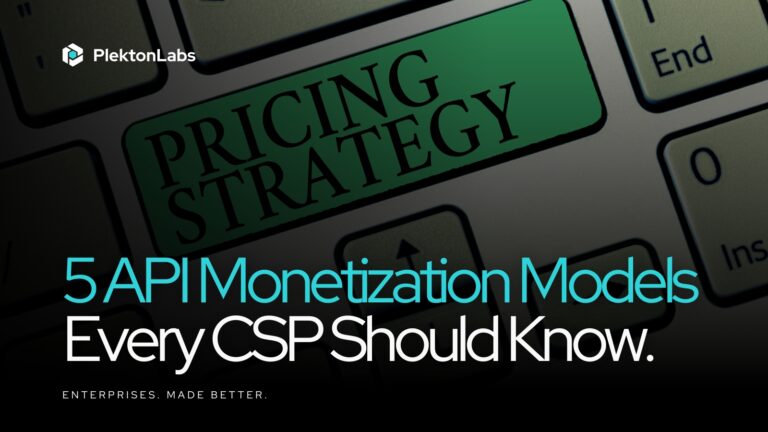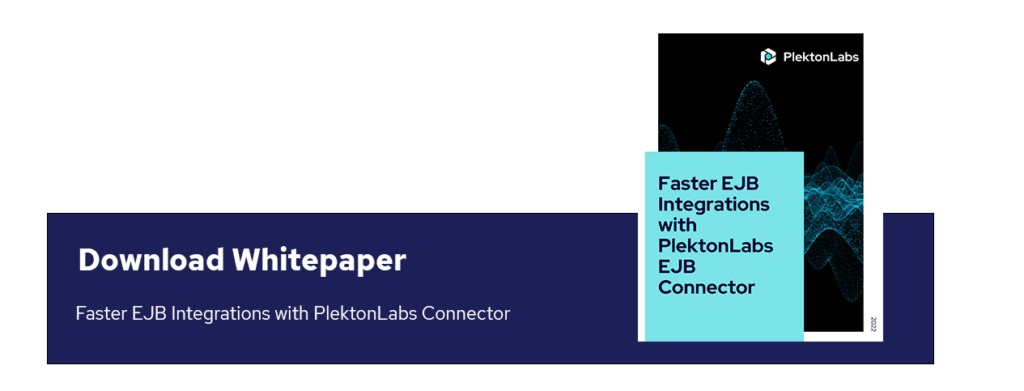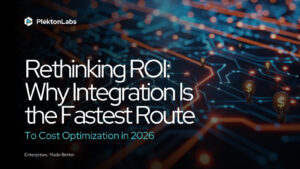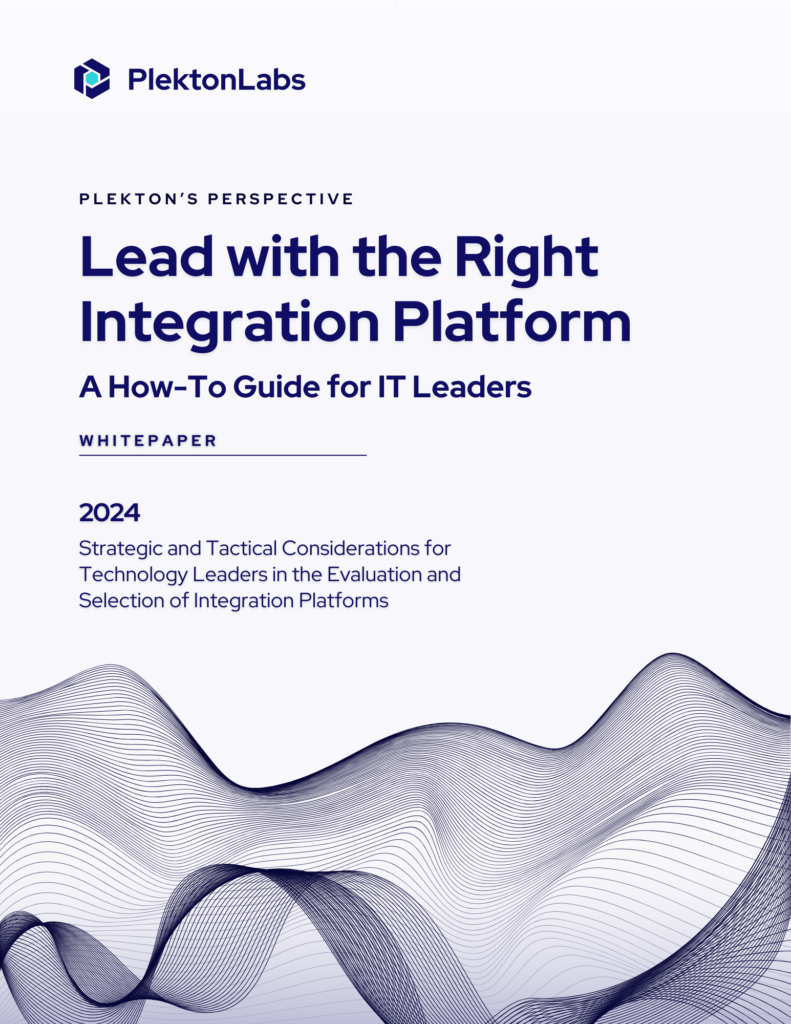APIs are becoming telecom’s new growth engine.
For Communication Service Providers (CSPs), APIs are more than just technical tools. API monetization is the new revenue driver.
They power new digital business models, create partner ecosystems, and enable faster go-to-market strategies.
But monetizing APIs takes more than publishing endpoints. It starts with choosing the right model for your market, your partners, and your network capabilities.
Here are five proven API monetization models every CSP should know, and how they help turn APIs into sustainable revenue.
Usage-Based (Pay Per Use)
Simple, scalable, and performance aligned.
CSPs charge based on how often or how much an API is used: per call, per message, or per data request.
Why it works:
- Revenue scales with actual demand
- Easy for developers to start small
- Transparent cost-to-value alignment
Watch out for:
- Complex billing and tracking systems.
- Usage spikes can surprise customers
Example: A CSP charging per SMS or per API call for real-time location data: ideal for high-volume services like messaging, IoT, or analytics APIs.
Subscription or Tiered Access
Predictable revenue. Easier planning.
Customers pay a flat monthly or annual fee for API access. Tiers define limits on calls, data, or features.
Why it works:
- Recurring revenue and easier forecasting
- Clear structure for upsells (e.g, Pro or Enterprise tiers)
Consider:
- Lower-tier users may never upgrade
- Static pricing may limit flexibility
Example: A telco offering a “Pro Network API Package” with higher throughput, priority access, and SLA guarantees.
Freemium Access
Build adoption fast, then convert.
Offer a free tier to attract developers, then charge for premium features or higher usage limits.
Why it works:
- Removes friction for adoption
- Drives community growth and experimentation
Keep in mind:
- Free users still cost resources
- Conversion rates depend on real perceived value
Example: Allow free calls to non-critical endpoints for real-time or SLA-backend APIs.
Transaction or Revenue-Sharing model
Earn when your partners earn.
Instead of charging for calls, CSPs take a small percentage of the transactions or services enabled by the API.
Why it works:
- Strong alignment with customer success
- Great for APIs tied to commerce, billing, or IoT platforms.
Challenges:
- Requires accurate tracking and contracts
- Revenue can fluctuate based on partner performance
Example: A CSP providing IoT device management APIs that earn a share of every connected device subscription sold through a partner app.
Bundled or Hybrid Models
Mix and match for flexibility/
Combine multiple models, such as usage and subscription, or bundle API access with broader services.
Why it works:
- Maximizes reach across different customer types
- Encourage cross-sell with other CSP services
Watch out for:
- Complex billing systems
- Risk of undervaluing API access
Example: A CSP includes core APIs in enterprise connectivity plans but charges pay-per-use for analytics or premium data access.
Choosing the Right Model
There’s no universal formula. Start small, measure, and evolve.
- Map your APIs: Internal, partner, or public?
- Analyze costs: Understand infrastructure and scaling needs.
- Define customer tiers: Match features to buyer profiles.
- Launch fast: Test, price, learn.
- Refine continuously: Use analytics to balance adoption and profit.
APIs represent the telecom industry’s next major business model. Whether you go usage-based, subscription, or hybrid, the goal is clear: turn your network capabilities into monetizable, scalable digital assets.
PlektonLabs helps CSPs design, launch, and scale profitable API monetization models that grow partner ecosystems and deliver measurable ROI.
Talk to our telecom strategy experts- Book a call




